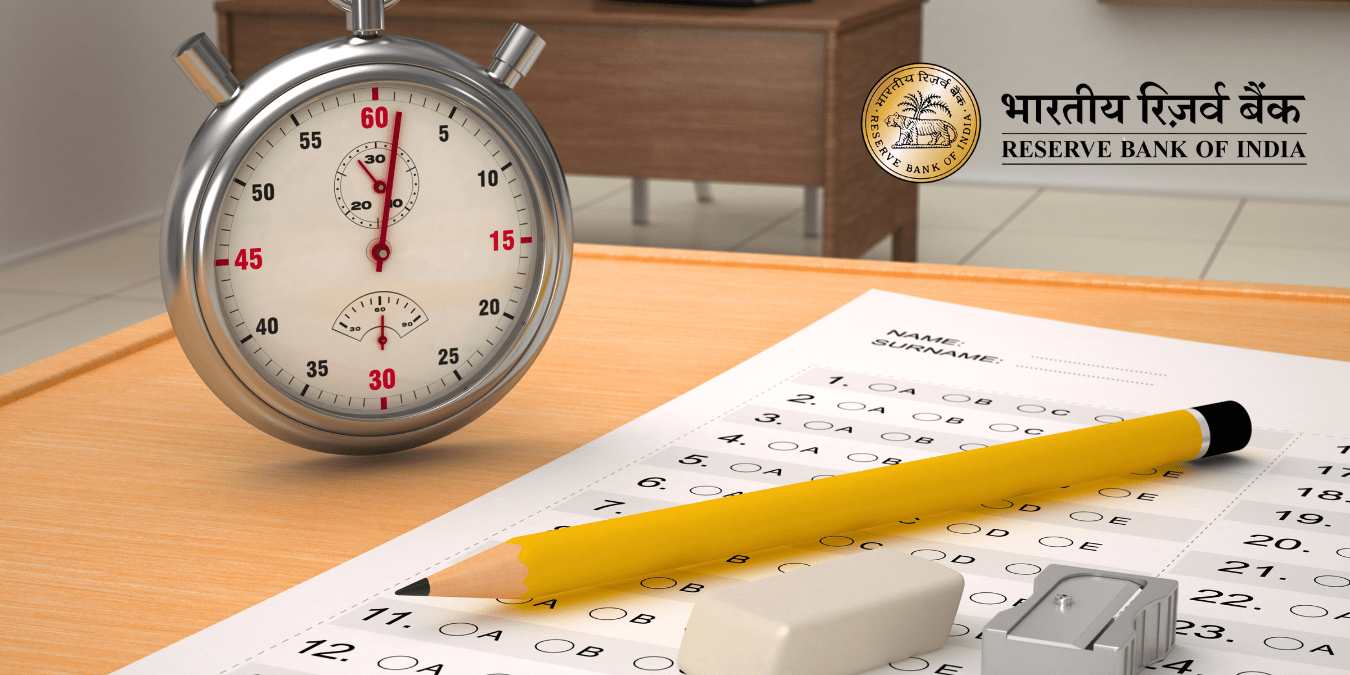
” Learn how to pre-fill your ITR for AY 2025-26 using AIS & Form 26AS in India! Save time, avoid errors, and file taxes effortlessly with our step-by-step guide. Compare AIS vs. Form 26AS & discover pro tips for seamless tax filing.”
Filing an Income Tax Return (ITR) in India has become significantly easier with advancements in technology and the introduction of tools like the Annual Information Statement (AIS) and Form 26AS. These tools allow taxpayers to pre-fill their ITR forms with accurate financial data, reducing errors and saving time. For the Assessment Year (AY) 2025-26, understanding how to leverage AIS and Form 26AS for pre-filling your ITR is crucial for seamless tax compliance. In this comprehensive guide, we’ll walk you through the process, highlight the differences between AIS and Form 26AS, and provide the latest updates to ensure you file your ITR correctly.
What Are AIS and Form 26AS?
Before diving into the pre-filling process, let’s understand the two key documents that make ITR filing efficient:
1. Annual Information Statement (AIS)
The AIS is a comprehensive statement introduced by the Income Tax Department to provide taxpayers with a detailed view of their financial transactions. It includes information such as:
- Tax Deducted at Source (TDS) and Tax Collected at Source (TCS)
- Interest from savings accounts, fixed deposits, and bonds
- Dividend income
- Rent received
- Sale and purchase of securities or immovable properties
- Foreign remittances
- High-value financial transactions
- GST turnover (for businesses)
The AIS is an extension of Form 26AS, offering a broader dataset and the ability to provide feedback on discrepancies. For AY 2025-26, AIS is the primary tool for pre-filling ITRs, as it integrates with the Income Tax e-filing portal to auto-populate relevant fields.
2. Form 26AS
Form 26AS is a consolidated tax credit statement that primarily focuses on:
- TDS deducted on income (e.g., salary, interest, rent)
- TCS collected (e.g., on high-value transactions)
- Advance tax and self-assessment tax payments
- Details of tax refunds issued
While Form 26AS is still available, it is gradually being phased out in favor of AIS, which offers more detailed information. However, Form 26AS remains relevant for verifying tax credits and ensuring that taxes deducted are deposited with the government.
Why Pre-Fill Your ITR Using AIS or Form 26AS?
Pre-filling your ITR using AIS or Form 26AS offers several benefits:
- Accuracy: Auto-populated data minimizes manual entry errors.
- Time-Saving: Reduces the need to gather information from multiple sources.
- Transparency: Ensures all taxable income is reported, reducing the risk of scrutiny.
- Compliance: Aligns with the Income Tax Department’s push for voluntary tax compliance.
With the new tax regime being the default for AY 2025-26, pre-filling also helps taxpayers decide between the old and new regimes by accurately reflecting deductions and exemptions.
Step-by-Step Guide to Pre-Fill Your ITR Using AIS or Form 26AS
Here’s a detailed guide to pre-filling your ITR for Financial Year (FY) 2024-25 (AY 2025-26) using AIS or Form 26AS:
Step 1: Register or Log In to the Income Tax e-Filing Portal
- Visit the official Income Tax e-filing portal (www.incometax.gov.in).
- Log in using your PAN (Permanent Account Number) and password.
- If you’re a new user, register by providing your PAN, Aadhaar, and other details.
- Ensure your Aadhaar is linked to your PAN and your bank account is pre-validated for refunds.
Step 2: Access AIS or Form 26AS
To Access AIS:
- After logging in, navigate to the “Services” tab and select “Annual Information Statement (AIS)”.
- You’ll be redirected to the AIS portal.
- Select the relevant Financial Year (FY 2024-25) and click “View” to download the AIS in PDF or JSON format.
- Review the AIS for details like salary income, interest, dividends, capital gains, and high-value transactions.
To Access Form 26AS:
- Go to the “e-File” tab, hover over “Income Tax Returns”, and select “View Form 26AS”.
- You’ll be redirected to the TRACES portal. Accept the terms and proceed.
- Select Assessment Year (AY 2025-26) and choose the format (HTML, PDF, or Text).
- Click “View/Download” to access Form 26AS.
Pro Tip: Download both AIS and Form 26AS to cross-check data. If there’s a discrepancy between the two, Form 26AS takes precedence for TDS/TCS-related information.
Step 3: Verify Data in AIS and Form 26AS
Before pre-filling your ITR, carefully review the data in AIS and Form 26AS:
- AIS: Check for unreported income, such as interest from savings accounts or dividends, which may not have TDS deducted. Use the feedback option to report inaccuracies (e.g., if a transaction doesn’t belong to you).
- Form 26AS: Ensure all TDS entries match your records (e.g., Form 16 for salary, Form 16A for other income). Contact the deductor (e.g., employer or bank) if TDS is missing or incorrect.
Latest Update: For AY 2025-26, the Income Tax Department has improved AIS by including real-time updates from banks, mutual funds, and other entities, reducing discrepancies.
Step 4: Choose the Correct ITR Form
The ITR form you select depends on your income sources and residential status. Here’s a quick guide for AY 2025-26:
- ITR-1 (Sahaj): For resident individuals with income up to ₹50 lakh from salary, one house property, and other sources (e.g., interest).
- ITR-2: For individuals/HUFs with capital gains, foreign income, or agricultural income above ₹5,000.
- ITR-3: For individuals/HUFs with income from business or profession.
- ITR-4 (Sugam): For presumptive business income or income from salary/one house property.
Use the “Help me decide which ITR Form to file” tool on the e-filing portal to confirm the correct form. Pre-filling is supported for all ITR forms, but AIS provides more comprehensive data for complex forms like ITR-2 and ITR-3.
Step 5: Start Filing Your ITR
- Go to the “e-File” tab and select “Income Tax Returns” > “File Income Tax Return”.
- Choose Assessment Year (AY 2025-26) and select your filing status (Individual, HUF, etc.).
- Pick the appropriate ITR form based on Step 4.
- Select the option to “Pre-fill” your ITR. The portal will prompt you to fetch data from AIS and Form 26AS.
Step 6: Pre-Fill ITR with AIS/Form 26AS Data
Once you opt for pre-filling, the portal will auto-populate the following fields:
- Personal Details: PAN, Aadhaar, name, address, and contact information.
- Income Details: Salary (from Form 16), interest income, dividends, rent, and capital gains (from AIS).
- Tax Payments: TDS/TCS details, advance tax, and self-assessment tax (from Form 26AS).
- Deductions: Investments under Sections 80C, 80D, etc., if reported by employers or banks.
Note: For AY 2025-26, the new tax regime is the default. If you want to opt for the old tax regime to claim deductions, select “Yes” under the personal information section to enable deduction fields.
Step 7: Review and Edit Pre-Filled Data
The pre-filled data may not always be complete or accurate. Follow these steps:
- Cross-check salary details with Form 16 issued by your employer.
- Verify interest income and dividends reported in AIS against bank statements or mutual fund statements.
- Add any unreported income (e.g., savings account interest below TDS threshold).
- Include deductions not pre-filled, such as Section 80C (PPF, LIC, ELSS) or Section 80D (health insurance).
- If you’ve paid advance tax or self-assessment tax, ensure it reflects correctly in Form 26AS.
Pro Tip: Use the Taxpayer Information Summary (TIS) in AIS for a simplified view of aggregated values, which can help verify totals.
Step 8: Compute Tax Liability
After reviewing and editing, the portal will compute your tax liability based on:
- Total taxable income
- Applicable tax regime (new or old)
- Taxes already paid (TDS, advance tax)
If there’s a balance tax payable, pay it as self-assessment tax and update the challan details in the ITR form. If you’re eligible for a refund, ensure your bank account is pre-validated.
Latest Update: The standard deduction for salaried employees in the new tax regime has increased to ₹75,000 for AY 2025-26, reducing tax liability for incomes up to ₹12.75 lakh.
Step 9: Submit and e-Verify Your ITR
- Preview the ITR form to ensure all details are correct.
- Click “Submit” to file the return.
- e-Verify your ITR within 30 days using options like Aadhaar OTP, net banking, or digital signature.
- Download the ITR-V (Acknowledgment) for your records.
Key Differences Between AIS and Form 26AS for Pre-Filling ITR
| Feature | AIS | Form 26AS |
| Scope | Comprehensive, includes TDS, TCS, interest, dividends, capital gains, etc. | Limited to TDS, TCS, advance tax, and refunds. |
| Feedback Mechanism | Allows taxpayers to report inaccuracies online. | No feedback option; discrepancies must be resolved with deductors. |
| Data Source | Aggregates data from banks, mutual funds, registrars, and other entities. | Primarily from deductors and tax authorities. |
| Pre-Filling | Auto-populates more ITR fields, including non-TDS income. | Focuses on tax credit-related fields. |
| Availability | Real-time updates for AY 2025-26. | Updated periodically, less dynamic. |
For AY 2025-26, AIS is the preferred tool for pre-filling due to its broader scope and integration with the e-filing portal.
Common Issues and How to Resolve Them
- Discrepancies in AIS/Form 26AS:
- If income or TDS is missing, contact the deductor (e.g., employer, bank) to update records.
- Use the AIS feedback mechanism to report errors.
- Rely on Form 26AS for TDS/TCS disputes, as it takes precedence.
- Incomplete Pre-Filled Data:
- Manually add unreported income or deductions.
- Ensure all entities (e.g., banks, employers) have submitted data to the Income Tax Department.
- Technical Issues on the Portal:
- Clear browser cache or try a different browser.
- Contact the e-filing helpdesk at 1800-103-0025 if issues persist.
Latest Update: The Income Tax Department has reported that 68,000 cases showed mismatches between AIS and ITR in FY 2023-24, emphasizing the need to verify data before filing.
Tips for a Smooth ITR Filing Experience
- Keep Documents Ready: Gather Form 16, bank statements, investment proofs, and rent receipts to cross-check pre-filled data.
- Choose the Right Tax Regime: Compare tax liability under the new and old regimes using the portal’s tax calculator.
- File Early: Avoid last-minute rushes to prevent technical glitches.
- Track Refunds: Monitor refund status on the e-filing portal (usually processed within 30-90 days).
- Consult a Professional: For complex incomes (e.g., capital gains, foreign income), seek advice from a chartered accountant.
File Your Income Tax Return
Pre-filling your ITR using AIS or Form 26AS is a game-changer for taxpayers in India, offering accuracy, efficiency, and transparency. For AY 2025-26, the Annual Information Statement is the go-to tool due to its comprehensive data and real-time updates, while Form 26AS remains essential for verifying tax credits. By following the steps outlined above, you can file your ITR seamlessly and stay compliant with the Income Tax Department’s requirements.
Start early, verify your data, and leverage the e-filing portal’s pre-filling feature to make ITR filing stress-free. For more information or assistance, visit www.incometax.gov.in or consult a tax professional.
-

Axis Bank and Google Pay Redefine Payments: India’s First Fully Digital UPI Credit Card Revolution
-

RBI Opens Applications for 93 Specialist Officer Roles: Your Gateway to a Prestigious Career
-

HDFC Slashes FD Rates: What RBI Policy Means for Your Savings Now






























